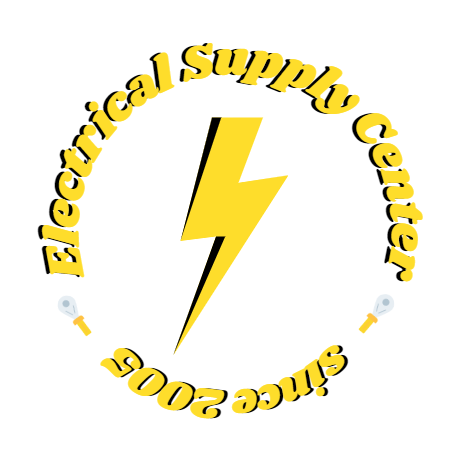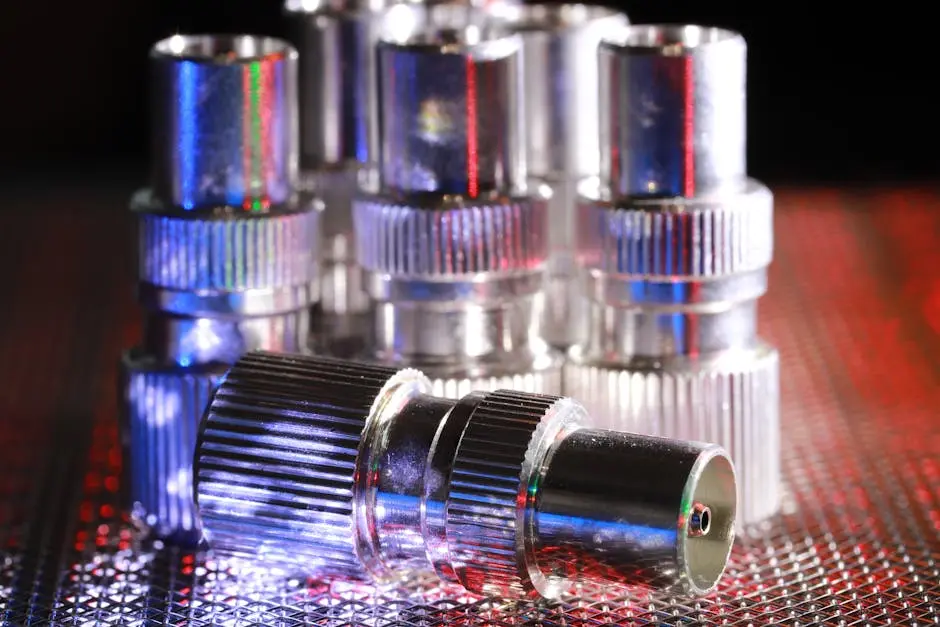
What Are Bullet Connectors and How Do They Work?
Share
If you’ve ever worked on an electrical project, you might have come across bullet connectors. These handy little devices can make wiring tasks easier and more efficient. But what exactly are bullet connectors, and how do they function? In this FAQ, we’ll delve into the world of bullet connectors, exploring their purpose, functionality, and applications.
What Are Bullet Connectors?
Bullet connectors are electrical connectors that are commonly used to create a secure electrical connection. They are named for their bullet-like shape. These connectors typically consist of a male and a female component, which fit together snugly to form a reliable electrical link.
The design of bullet connectors allows for easy insertion and removal, making them a popular choice in situations where frequent disconnects are necessary. Their simplicity and effectiveness make them a staple in various electrical kits.
How Do Bullet Connectors Work?
To use bullet connectors, you insert the male end into the female end to establish an electrical connection. Their design ensures a firm fit that can withstand movement and vibration, making them particularly useful in automotive and electronic applications where secure connections are essential.
The smooth connection process not only maintains electrical integrity but also ensures minimal transmission loss. This is particularly critical in automotive applications, where efficiency is key, ensuring devices operate optimally without power interruptions.
Where Are Bullet Connectors Typically Used?
Bullet connectors find application in various industries, including automotive, marine, and consumer electronics. They are ideal for situations that require quick disconnects or where frequent reconnections might be necessary, such as connecting wires in vehicle lighting systems or audio equipment.
One particularly interesting application is their use in solar panel connections. Despite being a little-known fact, bullet connectors offer the flexibility required to assemble and disassemble the setups as needed, supporting efficient renewable energy solutions.
Benefits of Using Bullet Connectors
The primary benefits of bullet connectors include their ease of use, durability, and ability to provide a strong and reliable connection. Additionally, they allow for quick disconnection when needed, which is convenient for troubleshooting and repairs.
Bullet connectors are also noted for their adaptability across different wire gauges and setups. This universal compatibility minimizes the need for specialized tools or connectors, streamlining project processes.
For industries that depend on frequent modifications or upgrades, this means reduced downtime and enhanced productivity. The ability to quickly swap components without compromising connection integrity is a major advantage.
How to Install Bullet Connectors
To install bullet connectors, you’ll need to strip the insulation off the wires, insert the wire into the connector, and then crimp them together using a crimping tool. Ensure a tight fit to avoid any loose connections. Always follow proper safety precautions when working with electrical components.
Proper installation is crucial to maintain reliable connections. When crimped correctly, bullet connectors provide an electrical link that can withstand environmental stressors, ensuring long-term stability.
Wrapping Up Bullet Connectors
Bullet connectors are indispensable tools for anyone involved in electrical work. Their ability to provide quick and reliable connections makes them a popular choice in various projects. By understanding how bullet connectors work and where to use them, you can enhance the safety and efficiency of your wiring tasks. So, next time you need a solid connection, remember to consider bullet connectors for a hassle-free experience. For more on electrical solutions, check out our homepage at Electrical Supply Center.

